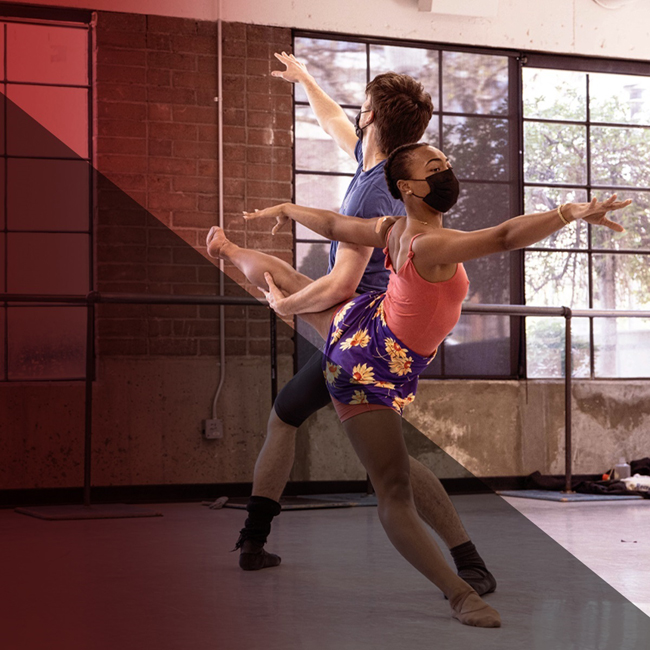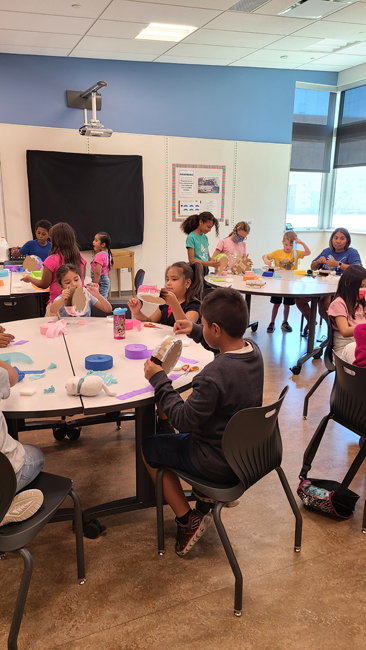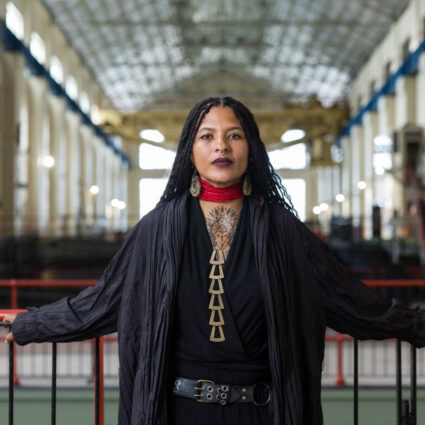The pandemic forced Utah’s arts organizations to get creative with funding sources. The strategy ultimately allowed for more direct aid for individual artists and novel programming.
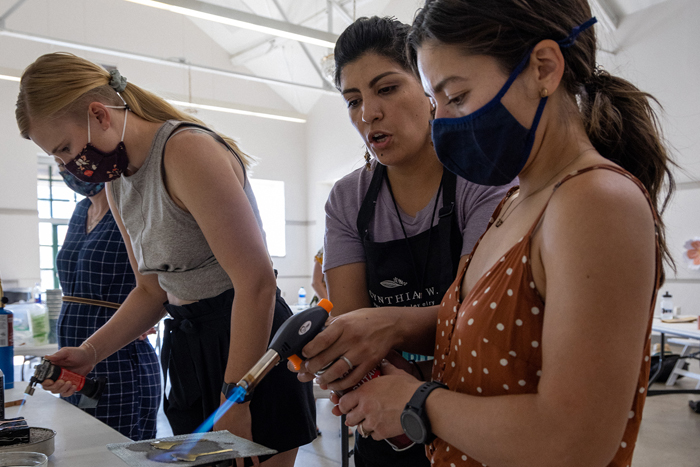
SALT LAKE CITY—In 1899, three years after statehood, Utah became the nation’s first to form a state-run arts agency thanks to local legislative trailblazer and artist Alice Merrill Horne. By the time United States Congress established the National Endowment for the Arts in 1965, Utah and New York were the only states with local art councils.
Today, Utah’s art agencies are maintaining this historic ingenuity by tapping into new revenue streams that will revive direct funding for artists and create novel programs.
Chief among these organizations is the Utah Division of Arts and Museums, the group tapped with allocating state and federal funds to individuals, municipalities, schools, and other arts agencies through their roster of programs and grants.
“Our agency, compared to other states, is quite unique, as it’s tied to our public art holdings,” says Laurel Alder, UA&M grants manager. “It’s really cool that we are one of the youngest states, but also one of the oldest arts councils.”
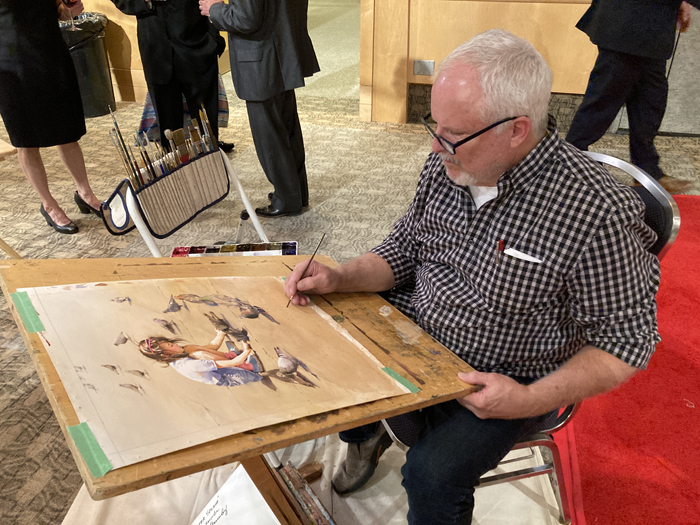
Much of UA&M’s funding has traditionally been opportunity- or institutionally-based, meaning cash isn’t given directly to artists. An exception was the prestigious artist fellowships, deemed a lifetime achievement for established figures in the community. Such direct funding was, before the Great Recession from the end of 2007 through mid-2009, an institutional norm before economic realities led to the program’s cessation.
Slowly, the agency worked on a new line of support to revive direct funding for individual artists, partially made possible by the influx of COVID-19 relief funds.
UA&M provides grants and professional development opportunities for individuals, municipalities, arts groups, schools, and other agencies. The organization also manages, through appointed boards, the state’s Alice Merrill Horne art collection. UA&M applies for and receives federal funds from the NEA, which offers a basic state grant as a pass-through percentage of the overall national budget.
Like other urban centers across the U.S., the pandemic obliterated Utah’s cultural sector. In addition to local grants, the state received emergency funds through both the Coronavirus Aid, Relief, and Economic Security Act (or CARES Act) of 2020 and the American Rescue Plan Act (or ARPA) of 2021, which sought to help businesses, ranging from restaurants to art museums and galleries, stay afloat.
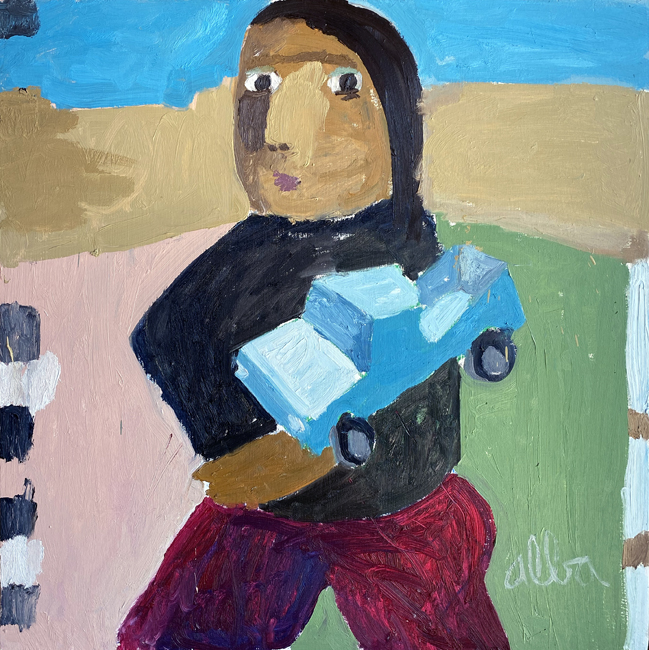
In 2020, Salt Lake County’s cultural sector was the second hardest hit behind leisure and hospitality, with direct cultural sector sales down 7.9 percent, jobs dwindling by 10.6 percent, and labor income diminishing by 6.9 percent between 2019 and 2020, according to a report from the University of Utah’s Kem C. Gardner Policy Institute. U.S. Bureau of Economic Analysis data shows that Utah’s arts and cultural sector comprises 3.5 percent of the state’s gross domestic product, adding $6.8 billion to the state’s economy. However, employment in Utah’s arts and culture sector decreased by 9 percent between 2019 and 2020.
During the 2022 general session, the Utah Legislature improved the process for art funding disbursement, revising pass-through funding within the Department of Cultural and Community Engagement and the Governor’s Office of Economic Opportunity. State lawmakers also created two brand new competitive grant programs—the Heritage and Events Grant Program (to help bolster programming such as festivals and fairs) and the Capital Facilities Grant Program (to assist organizations with construction and remodeling efforts).
Utah arts organizations can now apply for an Economic Assistance Grant Program—available for qualifying organizations or targeted projects that “create and/or retain high-quality jobs, improve state revenues, or otherwise enhance the economy of the State of Utah,” according to a 2022 general session update on the Utah State Legislature’s website.
Alder says the practical effect of this funding has been an expansion of opportunities statewide. In addition to individual artist grants coming back, UA&M has been able to expand and improve the fellowship opportunities beyond visual art to encompass the performing arts.
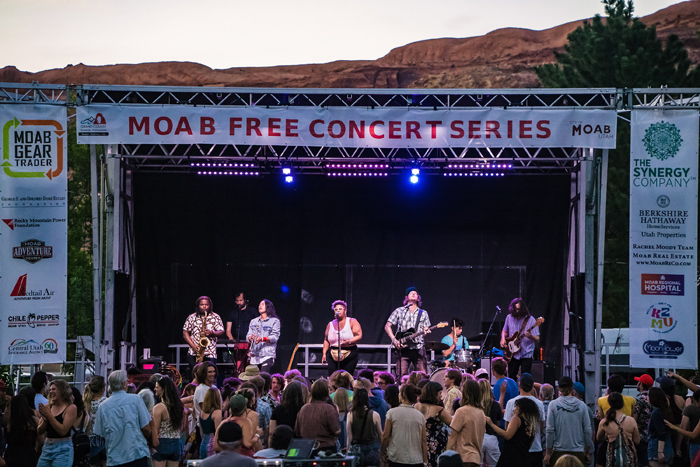
The pandemic also forced UA&M and city and county agencies to pool resources as much as possible. This has paid off in a major way.
“A wonderful byproduct of the pandemic is that we were able to partner with UA&M and the county,” says Felicia Baca, executive director of the Salt Lake City Art Council, a quasi-governmental nonprofit that also plays a vital role in promoting the arts in Utah. “We basically bundled guidelines and processes together to swiftly disburse funds for individual artist grants. Our teams even collaborated to review proposals together.”
SLCAC maintains a staff and designated boards to effectuate the organization’s mission through Finch Lane Gallery, the Public Art Program, and community events such as the Living Traditions Festival and the Twilight Concert Series.
At the beginning of 2022, SLCAC garnered headlines as one of sixteen agencies in the nation to receive a $500,000 grant from ARPA (in partnership with the NEA). This has assisted the agency’s collaboration with UA&M to provide earmarked funding for individual artists and helped create new programs that could only be possible with new funding sources.

In addition to their regular grants budget, SLCAC received additional funds from the city, state, and county to keep programming thriving during the pandemic. This includes Salt Lake County’s Zoo, Arts, and Parks program, a local tax that allocates one penny of every ten dollars spent to fund more than 200 nonprofit art, cultural, and recreational offerings, and nonprofit organizations.
The civil-rights protests in the aftermath of George Floyd’s May 2022 murder, and the disproportionate impact of the pandemic on BIPOC communities, inspired SLCAC to create a racial equity grant directed to organizations making advancements in equity and diversity. The ARPA funding will enable the Council to continue the racial equity and individual artist empowerment grants for a two-year term.
While arts agencies have appreciated the increased funding, the focus now appears to be on continuing this momentum.
“The pandemic has demonstrated the need for arts and culture in our community. We are seeing this in an increase in attendance in live events and people have really missed these opportunities over the past two years,” Baca says. For one of the fastest-growing metro areas in the nation, Salt Lake City seems to be setting the stage for an even higher increase in demand of arts offerings that are likely to follow.
